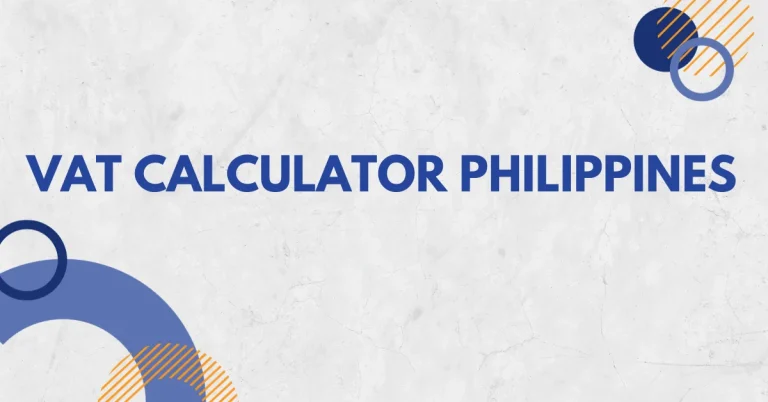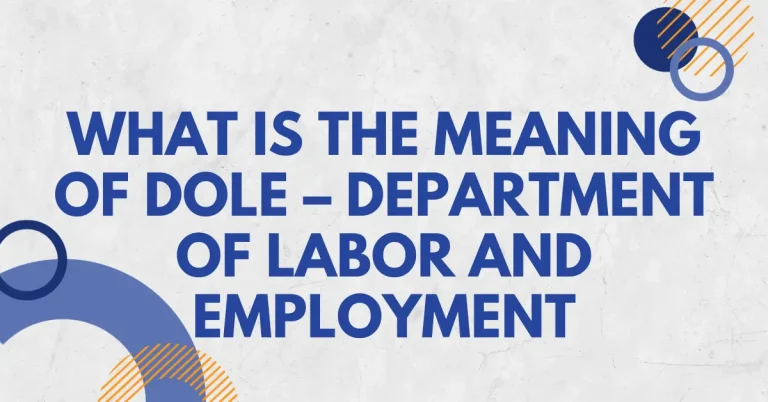The Ups and Downs of Riding the BTID Bandwagon
The phrase “Buy term invest the difference” (BTID) has become popular on social media platforms. Some individuals who consider themselves financial experts are promoting this strategy and claiming it can lead to higher returns. However, it is important to question whether this promise can be kept. Many of these so-called experts may only emphasize the benefits while ignoring the drawbacks in order to gain your trust. If you want to determine whether BTID is a suitable strategy for you, it is important to do your research and make an informed decision.
What is BTID?
The core idea behind BTID is to opt for term life insurance instead of whole life insurance. The amount saved by choosing a term plan can be invested in various options such as stocks, mutual funds, UITFs, etc. Term insurance is comparatively cheaper as it provides coverage for a limited period (1 year, 5 years, 10 years), unlike whole life insurance that offers coverage up to the age of 88 (some even up to 100).
This might sound simple and attractive, but the reality is that not all financial experts reveal the challenges that may arise from this approach. However, I will provide transparent insights to help you decide if BTID is suitable for you or not.
Before delving into the potential drawbacks of BTID, let’s explore its benefits and understand how it can assist you in achieving your financial objectives
Five Advantages of BTID Strategy
1. Term Life Insurance is CHEAPER
In comparison to whole life insurance which provides coverage up to age 88 or 100, term life insurance is a more affordable option. Term life insurance policies typically come in terms of 1 year, 5 years, or 10 years. You can obtain the same life coverage with term life insurance for only a portion of the cost of whole life insurance. To better understand, let me provide an example for you.
Whole life insurance for a male age 25 with a life coverage of Php 1 Million, TDB, and ADDD will cost around Php 25,000 a year while it is only around Php 10,000 for term insurance. The difference of Php 15,000 is invested in a mutual fund (or any other investment funds), thus leveraging your investment portfolio.
2. You Don’t Need Life Insurance When You’re Old
Dave Ramsey and Suze Orman suggest that life insurance may not be necessary once your children are financially independent. Typically, life insurance is bought to secure the financial future of your dependents, such as your spouse and children, but as time goes on and your children become more self-sufficient, the amount of protection needed decreases. This is because you will require less income replacement since they are now able to support themselves.
3. Enjoy Higher Investment Returns
You have a choice to invest the money you saved in the stock market, where the returns are usually higher than in banks. You can easily open a stock trading account with most brokers, such as COL Financial, for as low as Php 5,000. If you’re hesitant to invest directly in the stock market, you can still reap its benefits by investing in a mutual fund. You can start investing in mutual funds from trusted providers like COL or Sun Life for only Php 5,000.
4. Build Financial Discipline
“BTID can assist in developing financial discipline by regularly setting aside a portion of your salary for insurance and investments. In personal finance, behavior plays a more significant role than skill, and this approach can aid in shaping your financial behavior by demonstrating the significance of consistently allocating funds to essential expenses until you gain a better understanding of your cash flow.”
5. No Management Fee
“Most followers of BTID would likely concur that there is no management fee involved since you, as the investor, will be handling all the work yourself. This allows for more funds to remain in your account.
A management fee is the cost paid to compensate professional fund managers for their work in growing your investment.
Now that we have discussed the benefits of going BTID, we can move on to its drawbacks, which are outlined below:”
5 Disadvantages of BTID
1. Premium Increases Every Five Years
Although term life insurance is generally more affordable than whole life insurance, such as a VUL plan, it becomes more expensive for extended coverage. Premiums for term life insurance typically increase every 5 years, and as time goes by, the total amount you pay for term insurance may exceed the cost of a 10-year-to-pay VUL plan.
Term life insurance policies do not accumulate any cash or fund values that can be accessed when the coverage ends. This means that once the term ends, there is no return on the premiums paid. On the other hand, Variable Universal Life (VUL) insurance policies offer fund values that can be withdrawn in case of an emergency.
2. What Happens After Age 65
To put it differently, term life insurance typically ends at the age of 65 with no payout upon maturity. This may be acceptable as long as you adhere to the plan and achieve the desired market results. Whether to continue with insurance coverage after age 65 is a personal decision, but receiving a hassle-free wealth transfer may be appealing. Life insurance payouts are often exempt from estate tax and do not form part of your estate, providing liquidity to pay for any estate tax owed.
Term insurance , if you have term insurance and you don’t pay the premium within 30 days of the due date, the policy will lapse or become invalid. On the other hand, with variable universal life (VUL) insurance, the policy can stay active even if the premium is paid after the due date, as long as the fund value is sufficient to cover the insurance charges.
3. Invest the Difference Becomes Spend the Difference
When practicing BTID (Buy Term, Invest the Difference), it’s important to separate the funds allocated for insurance and investment every time you receive income. It’s possible that you’ll be using different payment methods for your insurance premiums and investment accounts, which can become problematic down the line. After paying for your insurance, the money you’ve set aside for investment may appear as surplus funds that you can use for personal expenses instead of adding it to your investment portfolio.
4. No Forced Saving Mechanism
The statement is suggesting that with term insurance, one may choose not to pay the premium because they know that the policy will expire if it’s not paid. On the other hand, if one invests in stocks, UITFs, or mutual funds, their investment will not disappear even if they skip putting money into it. This may lead to the idea of occasionally skipping investments, which can result in a disadvantage.
5. Investment is DIY
The statement is suggesting that BTID (Buy Term, Invest the Difference) is a DIY or do-it-yourself approach, meaning that everything from insurance to investment is handled by the individual. It’s essential to allocate enough time to learn the basics of BTID to gain confidence before investing. Your knowledge is a crucial factor in determining your success in BTID. Therefore, it’s crucial not to attempt to enter the market without knowledge, as this can be more like gambling than investing.
Final Thoughts
For those who are new to investing, it is possible to follow the BTID strategy as long as you keep yourself informed about the market and remain disciplined. It’s important to avoid the temptation of spending the difference and to be aware of the consequences before diving in.
The Ups and Downs of Riding the BTID Bandwagon
If you already have a whole life insurance policy, it may not be beneficial to switch to term insurance just because of the advantages of BTID. Converting your policy could result in losses that outweigh any potential gains from BTID.
If you’re deciding between BTID and VUL, feel free to share your thoughts in the comment box below. Happy investing!


